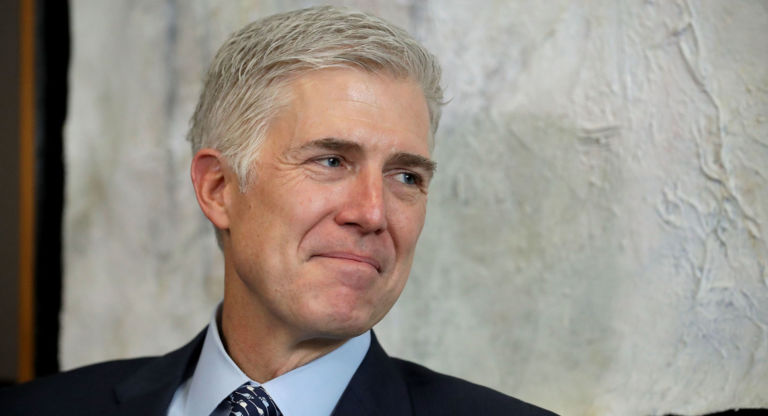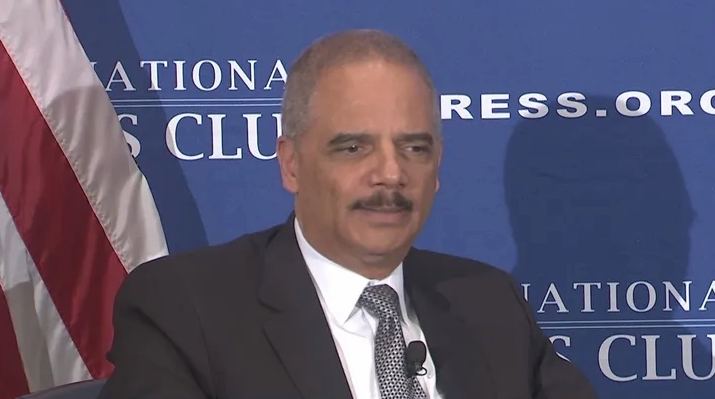In what is apparently not a hoax, “a journal of feminist geography” called Gender, Place & Culture recently published a paper with the title that appears above. From the abstract:
This article addresses questions in human geography and the geographies of sexuality by drawing upon one year of embedded in situ observations of dogs and their human companions at three public dog parks in Portland, Oregon. The purpose of this research is to uncover emerging themes in human and canine interactive behavioral patterns in urban dog parks to better understand human a-/moral decision-making in public spaces and uncover bias and emergent assumptions around gender, race, and sexuality. Specifically, and in order of priority, I examine the following questions: (1) How do human companions manage, contribute, and respond to violence in dogs? (2) What issues surround queer performativity and human reaction to homosexual sex between and among dogs? and (3) Do dogs suffer oppression based upon (perceived) gender? It concludes by applying Black feminist criminology categories through which my observations can be understood and by inferring from lessons relevant to human and dog interactions to suggest practical applications that disrupts hegemonic masculinities and improves access to emancipatory spaces.
Writing about the paper at The College Fix , Dave Huber provides some excerpts, including these:
The cultural norms operating within and upon these spaces form microcultures where acceptable and unacceptable behavior in human communities may be reflected in the way human companions construct their interactions with dogs, particularly in regard to rape culture and queering, and a-/moral interpretations of such behaviors and their human analogues under the assumptions of rape culture. …
There are many ways to define and conceptualize oppression. In the context of this work, I’ll borrow from Taylor’s definition which has gained considerable traction, ‘What it means to occupy a public space in non-normative ways’ (Taylor 2013). In this sense the only dogs who were oppressed were those engaging in queering behavior. … What is particularly interesting is that on Taylor’s definition, raped female dogs were not oppressed because rape was normative at dog parks. This raises interesting and highly problematic issues as to the agency of female dogs in particular spaces as well as with intrinsic victim blaming in female dogs which obviously extends into the analogous circumstance under (human) rape cultures within rape-condoning spaces.
OK, maybe it is a hoax!


